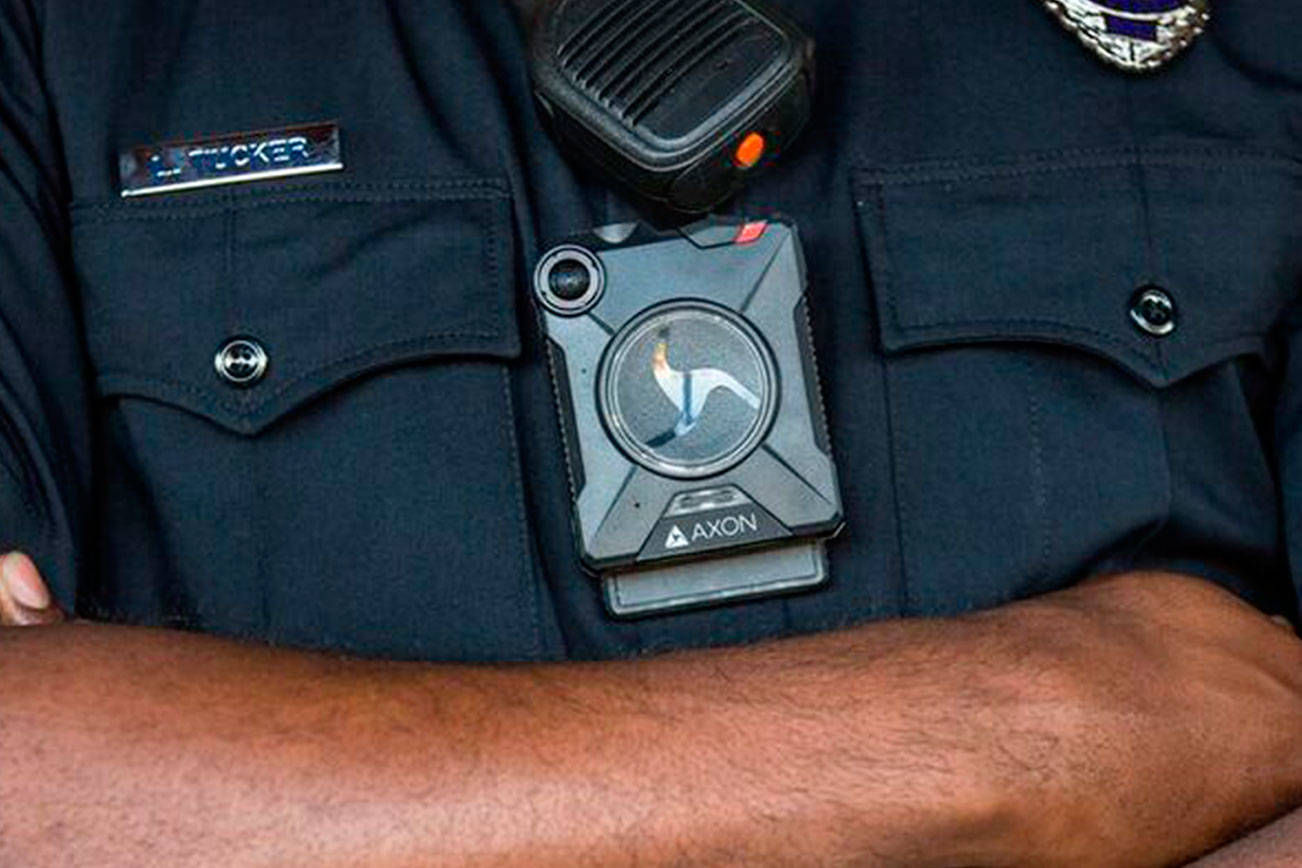During Monday’s presentation by police to the Auburn City Council on the lateral vascular neck restraint (VNR), City Councilman Claude DaCorsi asked Police Chief Dan O’Neil if the Auburn Police Department should consider the use of body cameras.
Noting the variety of opinions regarding body cameras, O’Neil did not appear to be enthusiastic about the idea.
“One thing about a body camera that is unfortunate is that it is one-dimensional, and so it doesn’t always give an accurate representation, like the media and others would like us to believe,” O’Neil said. “As human beings, we have peripheral vision, and we also make decisions in situations based on our other senses that can’t be recorded or detected by a body camera.”
Aside from that, O’Neil said starting a body-camera program would be prohibitively expensive to the city at an estimated cost of $1 million a year. A lot of that cost, he said, would come from the extra staff the APD would need to hire to handle public records requests and to redact information.
“I believe that the in-car video cameras that we have now are more than sufficient for what we need them to do,” O’Neil said. “And we are currently are looking at our policy. I am waiting for a request to update our policy from one of our patrol commanders, who is suggesting that we expand the use of our current in-car video cameras from what our policy requires right now.
“We may not capture everything on video,” O’Neil added, “but by expanding the use of our in-car video system, we will capture more audio of police interactions, which I believe can be just as valuable as video.”
The APD installed in-car video cameras in the early 200os, and bike and parking patrol and motorcycle officers received actual body cameras in 2016.



